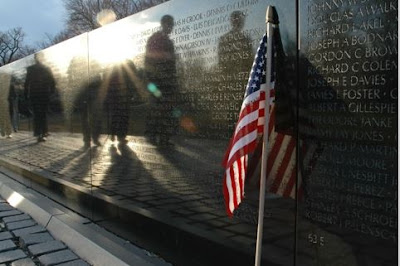Iwalked Washington D C's Alexander Pushkin Statue - The statue of the originator of present day Russian written work is arranged in the gathered Pushkin Park, ROVA Farms, Cassville section of Jackson Township. It is a waist length picture of Alexander Pushkin, wearing long sideburns and wearing standard nineteenth century respectful colleagues' dress. The material he holds contains an etching in Russian. The statue is painted dim and is presented on top of a diminished stone base.
Regardless, how did the historic point arrive? It was raised on the 150th remembrance of the Russian craftsman, in 1949, by inhabitants of ROVA farms, an incredible place which was seen as a late spring resort all through a vast segment of the twentieth century.
The record of this place began in 1934 when The Russian Consolidated Mutual Aid Society of America, known by the acronym of its Russian name, ROOVA or ROVA, obtained 1,600 segments of place that is known for land in Cassville, NJ in Jackson Township, a central region between the Russian-American society in Philadelphia and New York. The overall population set up a nation social concentration called ROVA Farm (calmly alluded to in the plural as ROVA Farms) which transformed into a place of significant and social centrality to the Russian-American society.
It was a place where Russian laborers gathered for summer journeys, acquired houses, and where their children went to camp. The people who went there normally refreshed in one-room holds up and spent most of their days out in the open living approaches. Summers were spent on the lake, where people took an interest in swimming, cruising, and calculating. Gradually, an extensive parcel of the Russian vacationers settled and ROVA farms framed into a gigantic Russian society. In 1940, St. Vladimir Memorial church was worked there on the 950th recognition of the gathering of Christianity in Russia, as a tribute to St. Sovereign Vladimir. Nowadays it is the fundamental bit of the settlement which has any activity.
 |
| Alexander Pushkin Statue |
The record of this place began in 1934 when The Russian Consolidated Mutual Aid Society of America, known by the acronym of its Russian name, ROOVA or ROVA, obtained 1,600 segments of place that is known for land in Cassville, NJ in Jackson Township, a central region between the Russian-American society in Philadelphia and New York. The overall population set up a nation social concentration called ROVA Farm (calmly alluded to in the plural as ROVA Farms) which transformed into a place of significant and social centrality to the Russian-American society.
It was a place where Russian laborers gathered for summer journeys, acquired houses, and where their children went to camp. The people who went there normally refreshed in one-room holds up and spent most of their days out in the open living approaches. Summers were spent on the lake, where people took an interest in swimming, cruising, and calculating. Gradually, an extensive parcel of the Russian vacationers settled and ROVA farms framed into a gigantic Russian society. In 1940, St. Vladimir Memorial church was worked there on the 950th recognition of the gathering of Christianity in Russia, as a tribute to St. Sovereign Vladimir. Nowadays it is the fundamental bit of the settlement which has any activity.

